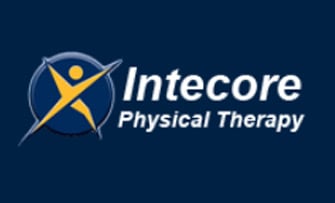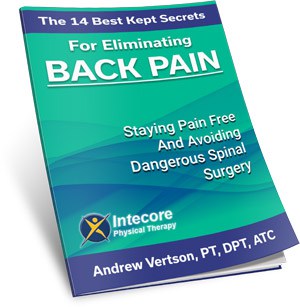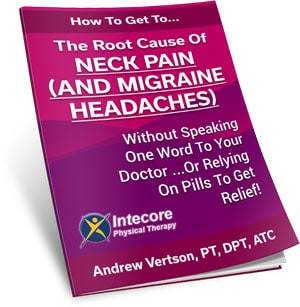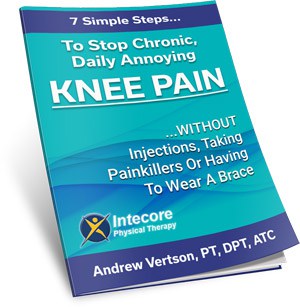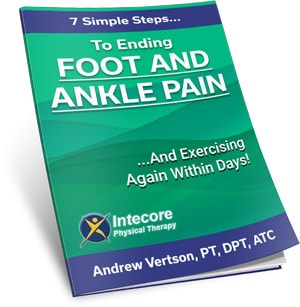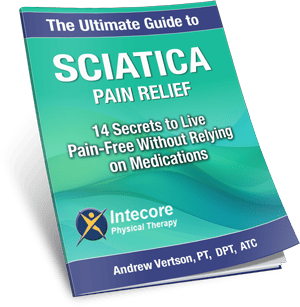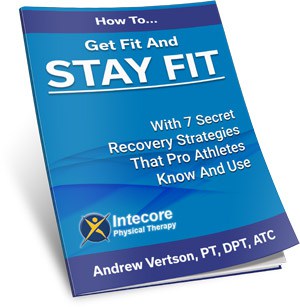
As we get older, staying active and independent can become more of a challenge. It’s not uncommon to notice things like stiffness in your joints, less energy for daily tasks, or even the occasional worry about falling. These are natural parts of aging, but that doesn’t mean you have to accept them as your new normal. The good news? Physical therapy can play a huge role in helping you stay strong, mobile, and independent—no matter your age.
In this blog, we’ll explore how physical therapy can help you maintain your independence by improving strength, balance, flexibility, and more.!
More Posts Like This From Intecore Physical Therapy:
Seven Myths of Physical Therapy
Physical Therapy and Chronic Pain
Table of Contents
1. Improves Strength and Prevents Muscle Loss
As we age, it’s common to lose muscle mass, which can make everyday activities—like lifting groceries or getting up from a chair—more difficult. But here’s the good news: physical therapy can help you with that!
Through personalized exercise programs focused on building strength, physical therapists can help you maintain and even improve your muscle mass. By targeting specific muscles, physical therapy strengthens your body in ways that support your daily activities, making it easier to stay active and independent. Stronger muscles mean better mobility and less reliance on others for everyday tasks, helping you live the life you want with confidence.
2. Enhances Balance and Reduces Fall Risk
As we age, balance becomes a bigger issue, and falls can quickly turn into serious injuries that limit independence. Whether it’s tripping over a rug or feeling unsteady when walking, poor balance can affect your confidence and mobility.
Physical therapy offers targeted exercises to improve your balance and coordination, helping to reduce the risk of falls. We can work with you to strengthen the muscles that support stability, improve your posture, and teach you exercises that enhance your body’s natural balance. By building your balance and stability, you can move around with more confidence, knowing that you’re reducing the risk of falls and staying active longer.
3. Boosts Flexibility and Joint Mobility
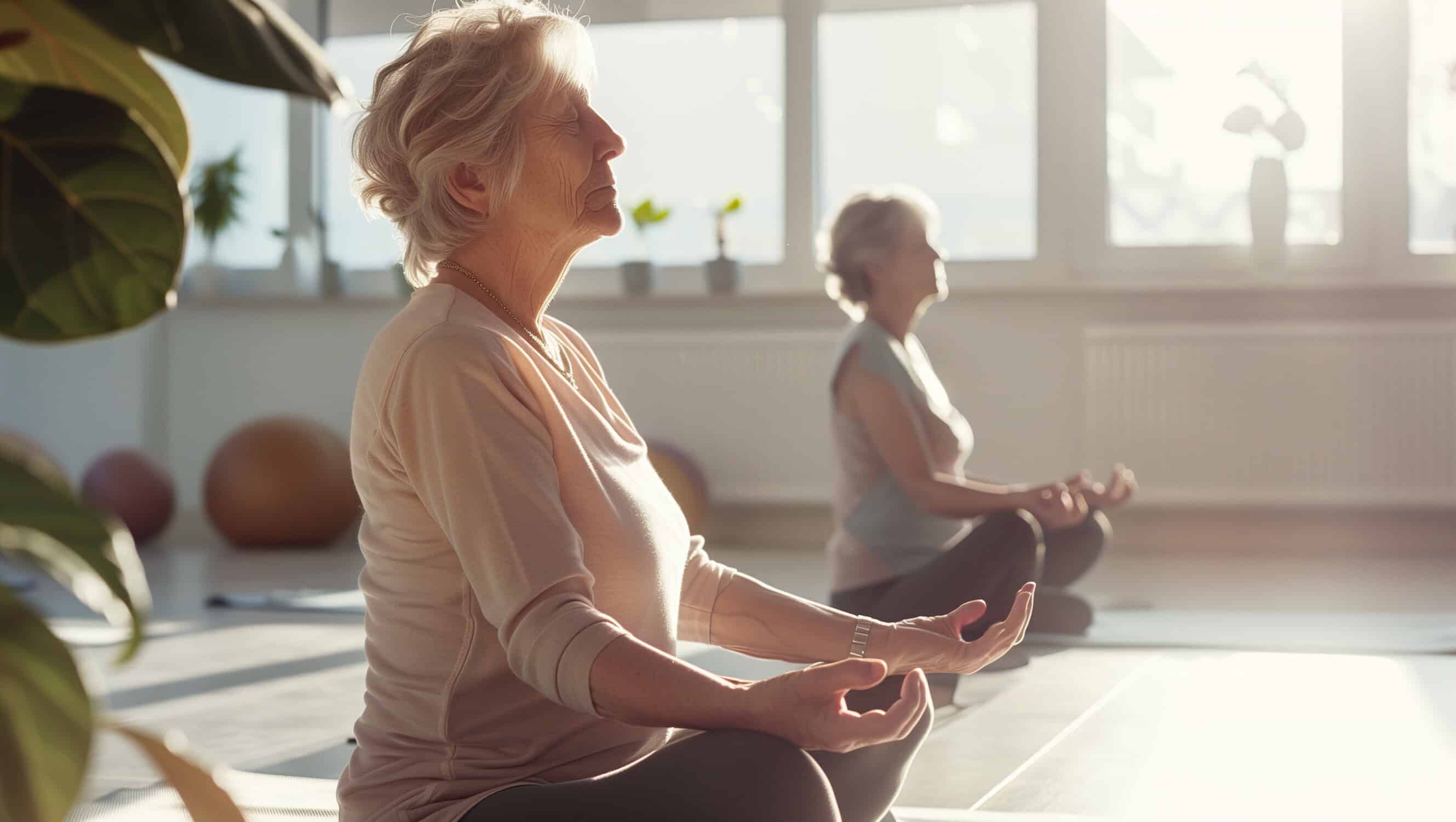
Stiffness and reduced flexibility are common as we get older, making even simple movements like reaching, bending, or turning more difficult. When your joints become stiff, your range of motion decreases, limiting your ability to move freely.
Physical therapy focuses on improving flexibility and joint mobility through a combination of stretching exercises, manual therapy, and mobility training. These techniques help to loosen tight muscles and increase joint movement, making everyday tasks—like reaching for something on a shelf or bending down to tie your shoes—much easier!
4. Manages Chronic Pain
Chronic pain, whether from arthritis, past injuries, or other conditions, can severely limit your ability to stay active and independent. The constant discomfort can make it difficult to do things you once enjoyed, or even simple tasks like walking or climbing stairs.
Physical therapy offers a way to manage and reduce chronic pain without relying on medications. Therapists use a combination of targeted exercises, stretches, and manual therapy to address the underlying causes of your pain. By strengthening the muscles around the painful areas and improving joint function, physical therapy helps to relieve pain, improve movement, and keep you active. The goal is to give you tools to manage your pain so it doesn’t control your life, allowing you to maintain your independence.
5. Promotes Cardiovascular Health

Staying active as you age isn’t just about muscle strength—it’s also about maintaining good cardiovascular health. A healthy heart is essential for endurance and energy, enabling you to keep up with your daily activities without feeling fatigued.
Physical therapy can incorporate safe, low-impact cardiovascular exercises like walking or cycling to improve your heart health, all while considering any limitations or conditions you may have. These exercises help to boost circulation, improve stamina, and keep your heart strong, which in turn supports overall fitness and independence. By working on cardiovascular fitness, you’ll feel more energized and capable of staying active, which is key to maintaining your independence as you age.
Do You Need Some Help To Return To Life Pain-Free?
If you’re tired of living with pain or limited mobility, we’re here to help!
Don’t wait for things to get worse—let us help you get back to living pain-free and doing the things you love. Reach out today to schedule a consultation at 949-565-4944, or, click here to fill out this form and tell us more about what’s going on, and our team will be in touch!
- Are You Experiencing Shoulder Pain from Sleeping Wrong? - October 21, 2025
- How Many Hours of Sleep Do You Need for Recovery and Injury Prevention? - September 8, 2025
- Can Physical Therapy Help You Avoid Surgery? - August 1, 2025


